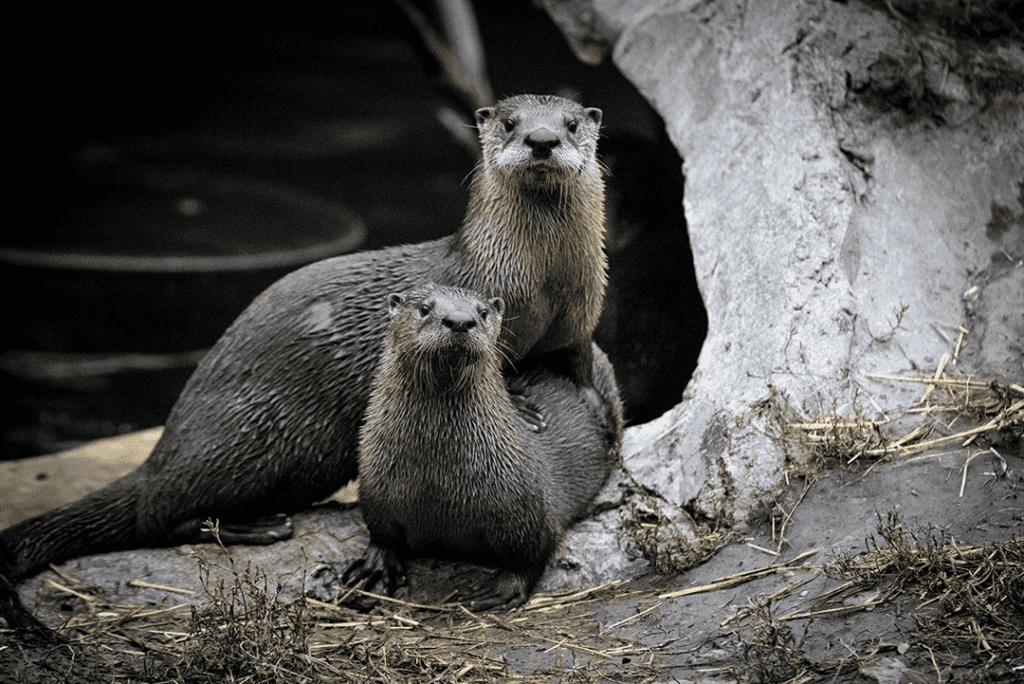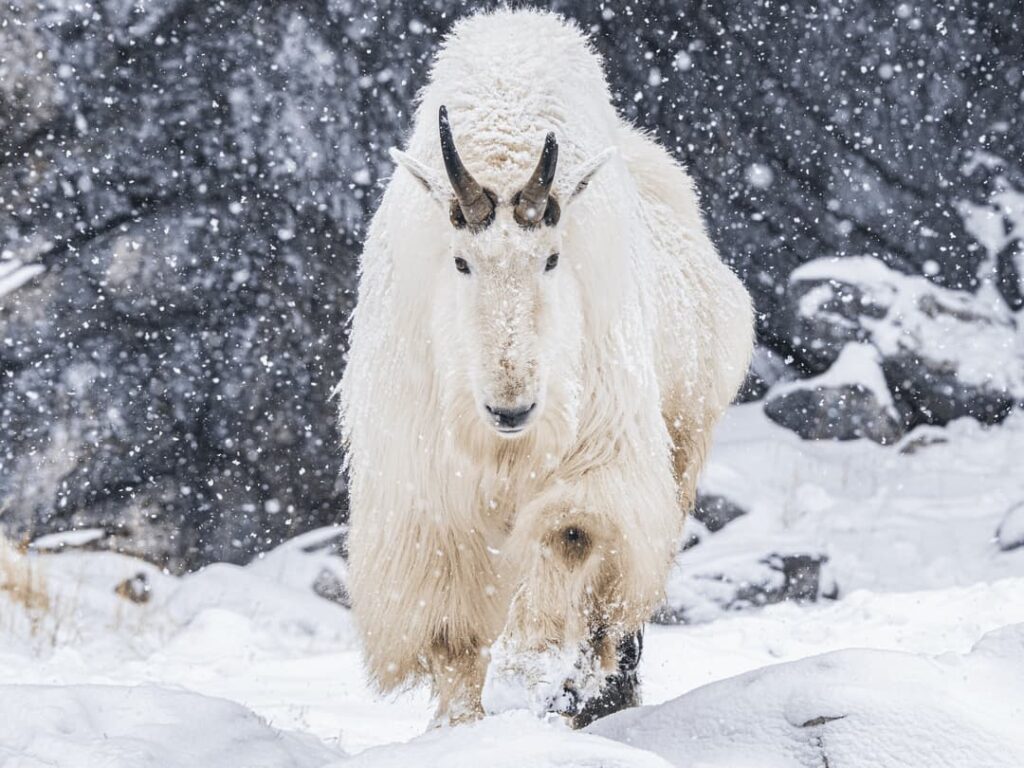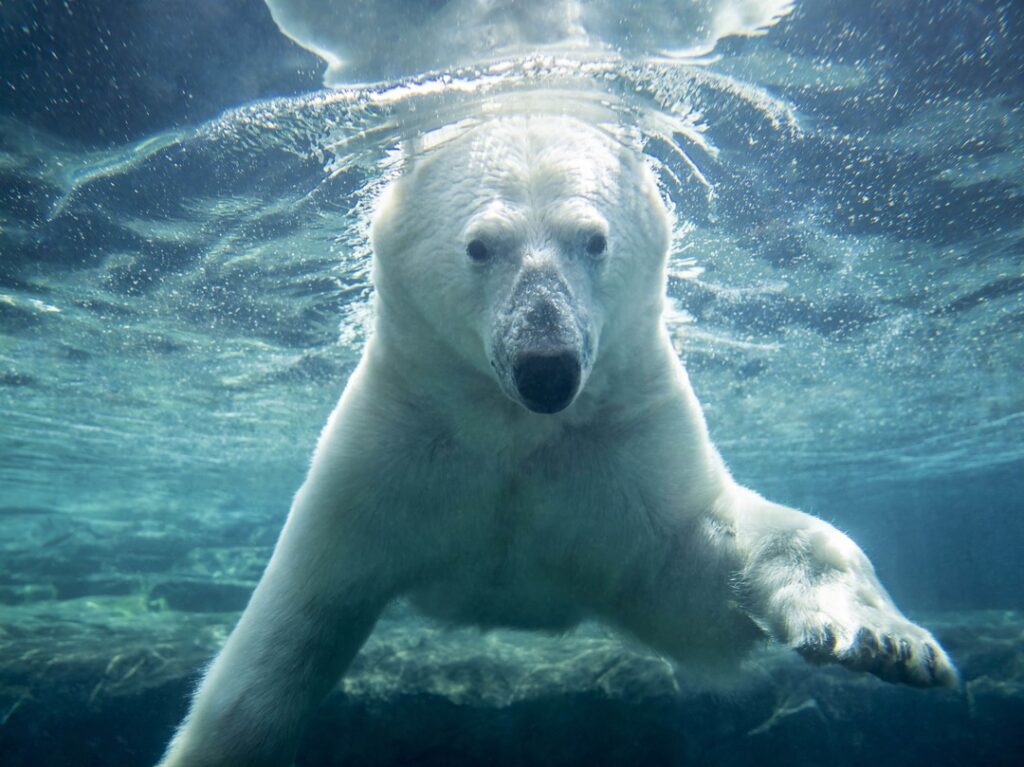
Wood Bison
Meet an icon of the North
Wood bison are true giants of the North – with imposing heads, sweeping horns that can exceed half a metre in length, and a pronounced shoulder hump, their presence is unmistakable. These powerful grazers are at home in boreal forests, muskeg swamps, and meadows, but in summer, they will browse in grassland areas. Built for survival in Canada’s harsh northern climate, their thick, woolly coats provide insulation against the code, while their ability to decrease their metabolism allows them to endure winter with minimal food.
- IUCN Red List Status: Near Threatened (likely to become vulnerable in the near future)
- Type: Mammal
- Habitat: British Columbia, Alberta, Yukon, the Northwest Territories
- Diet: Herbivore – grasses, plants, and herbs
- Size: 1.67 to 1.82 metres at the shoulder
- Weight: 350 to 1,000 kilograms
We are grateful for the collaboration and support of our partners:

When Ron Daye founded Rangeland Engineering in 2001, he envisioned an Alberta-based company that embodied the entrepreneurial spirit and hard-working attitude of the Canadian West.To capture this vision, he chose an iconic image of the prairies: the indomitable bison. For thousands of years, the bison has held deep spiritual significance in Indigenous culture and identity.
As a symbol of Rangeland Engineering, the bison resonates in many ways. A bison does not stand alone; it thrives as part of a herd. Bison are considered “ecosystem engineers” as they create habitat for other prairie species. Their grazing patterns promote the growth of diverse grasses, which benefit other wildlife and enhance the overall biodiversity and health of the grassland ecosystem.
Today, with the reintroduction of the bison, new generations will rediscover its vital role in shaping the future of our prairies.
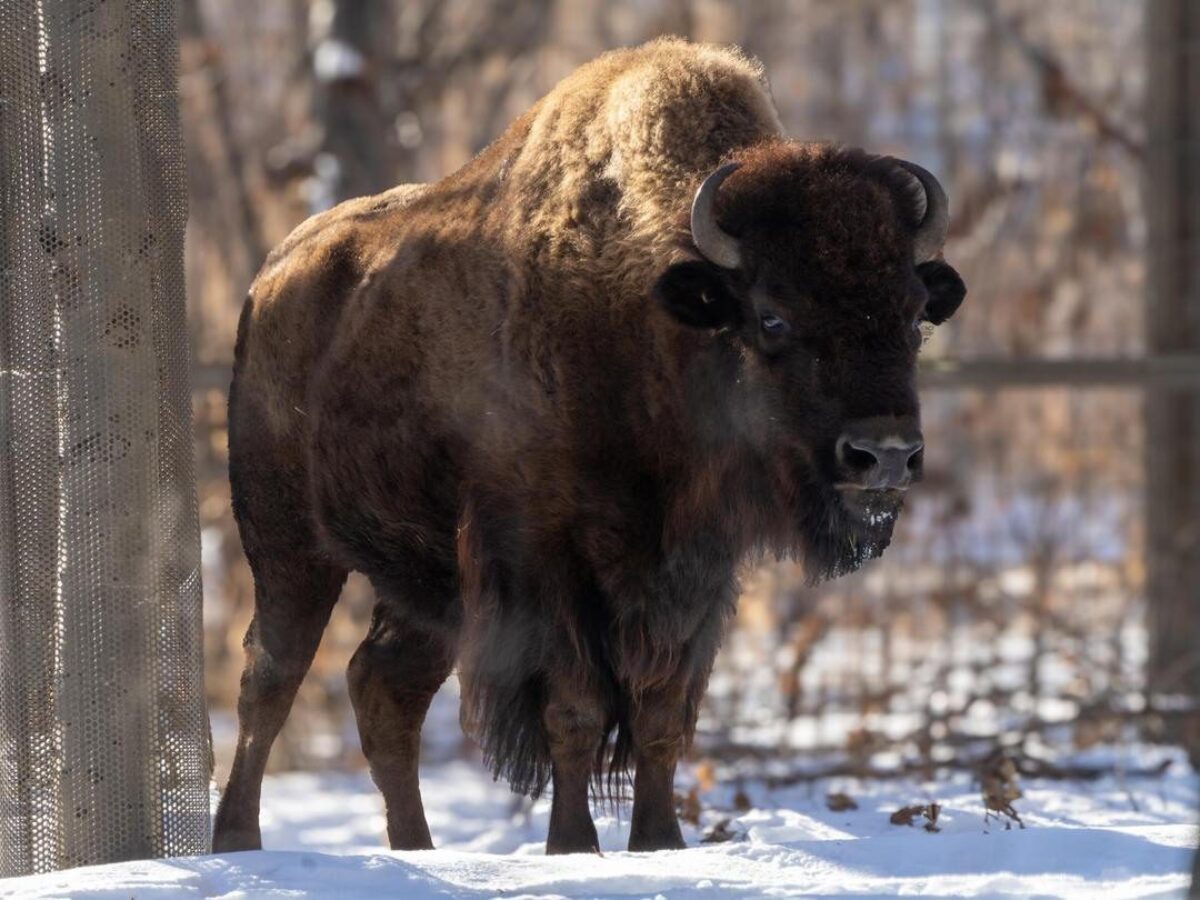
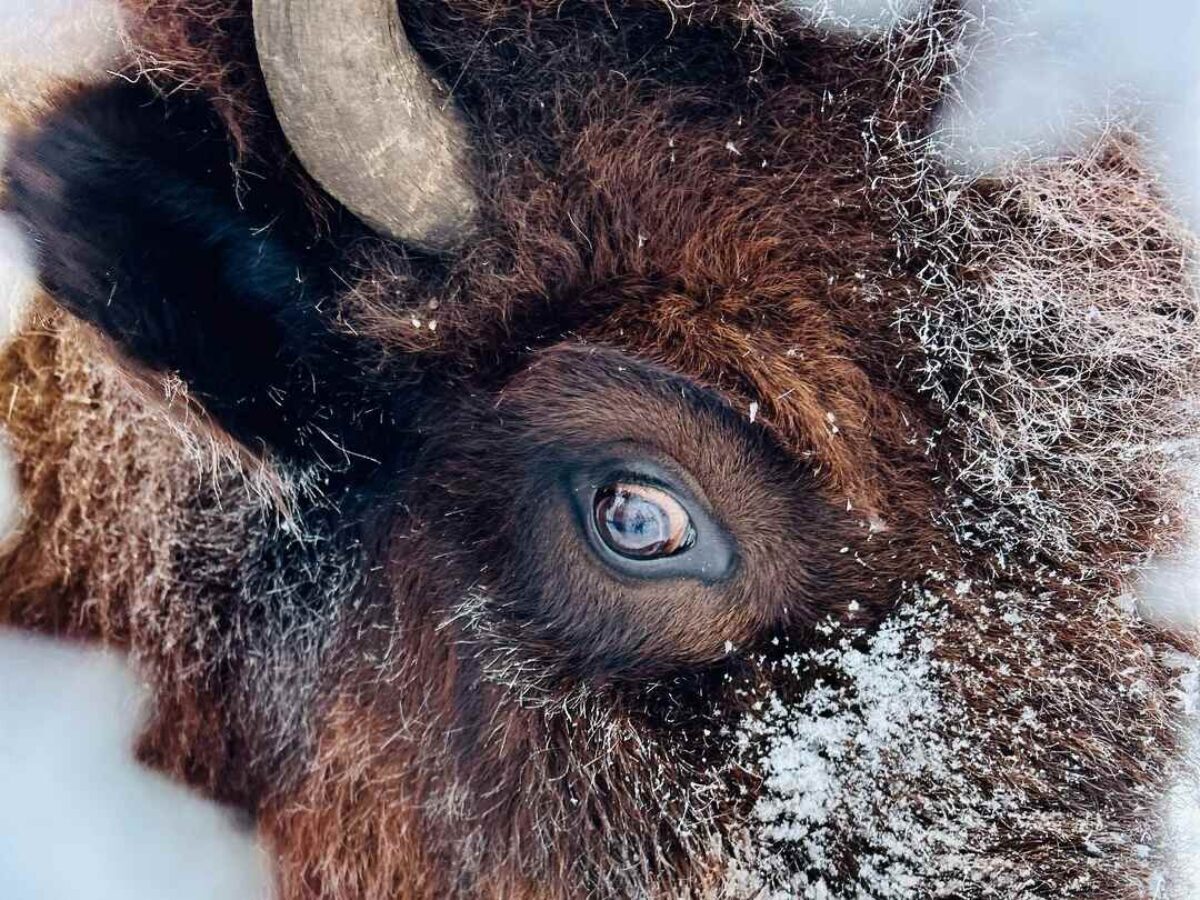
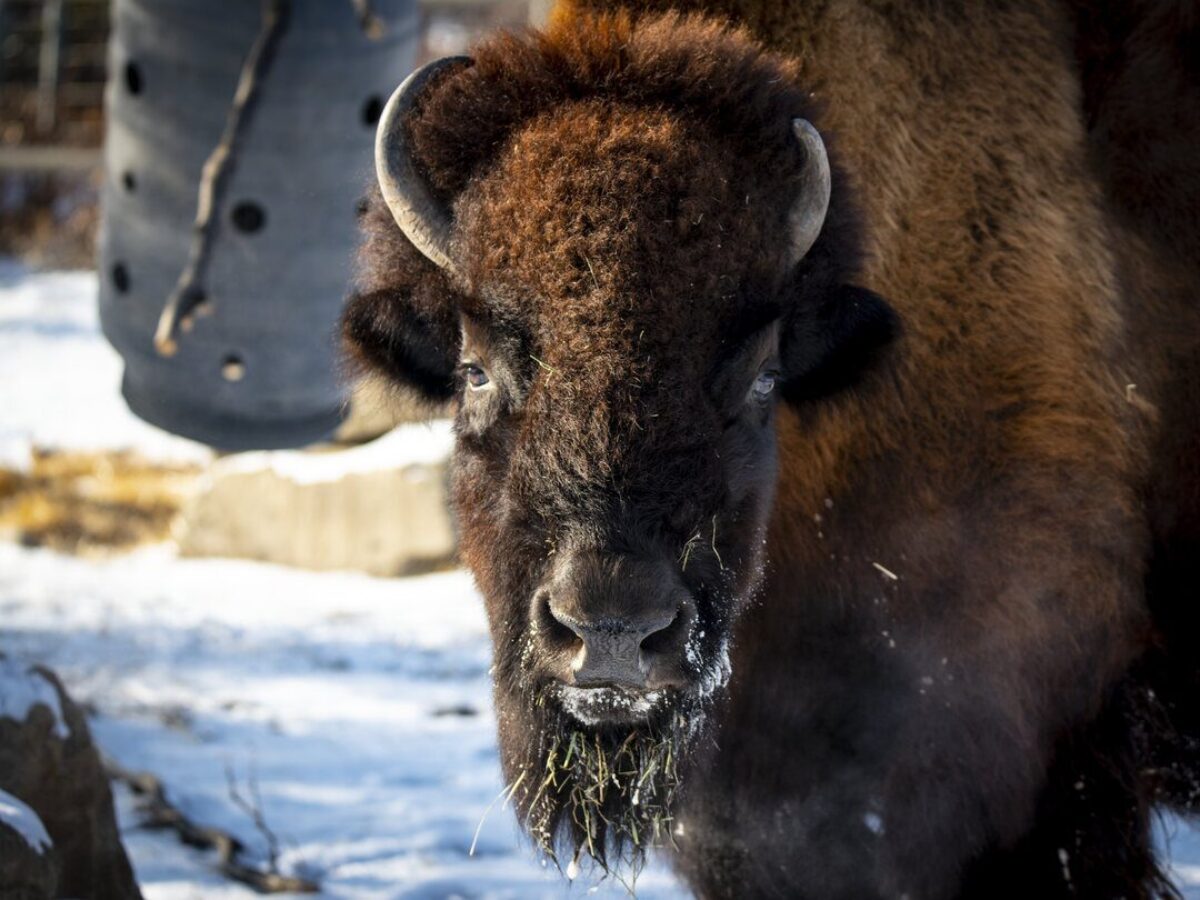
facts about our animals
Fun Facts about Wood Bison
Wood bison can reach speeds of up to 64 kilometres per hour – faster than most cyclists!
They are ruminants, meaning they regurgitate and re-chew their food as cud before digesting it fully.
This species is larger than their plains bison relatives.
For the first three months of their life, calves have a reddish-brown coat before developing the darker fur of adults.
During the breeding season, dominant males form and guard small harems of females.
Females reach sexual maturity at three years old, while males take longer, maturing at around six years old.
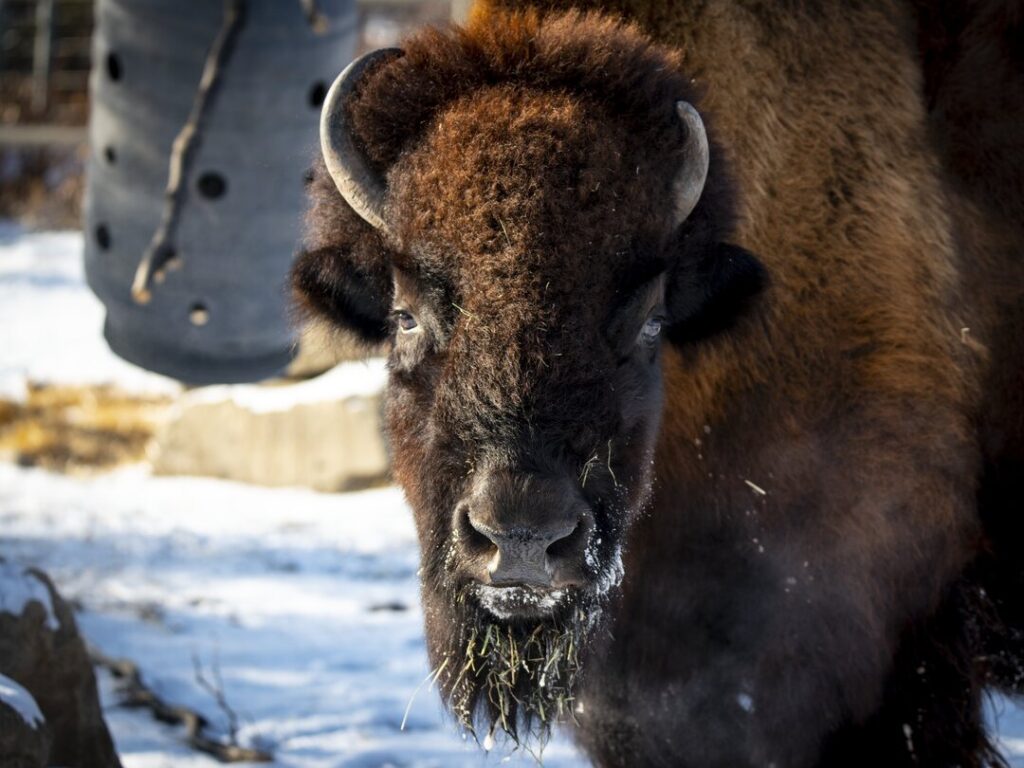
Donate
How you can help
Your donation makes a world of difference. With support for animal care, conservation programs, and education, you’re making the world wilder.
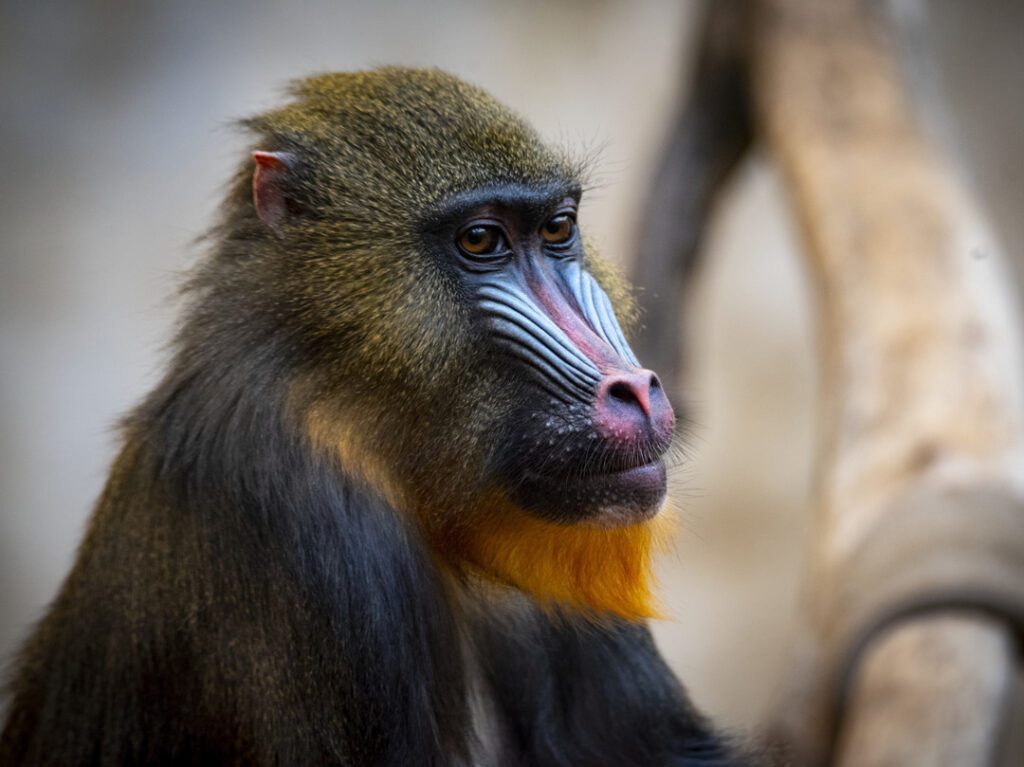
Plan your visit
Get close to wildlife
It’s time to make some memories. Here’s everything you need to know to plan an unforgettable day at the zoo.

